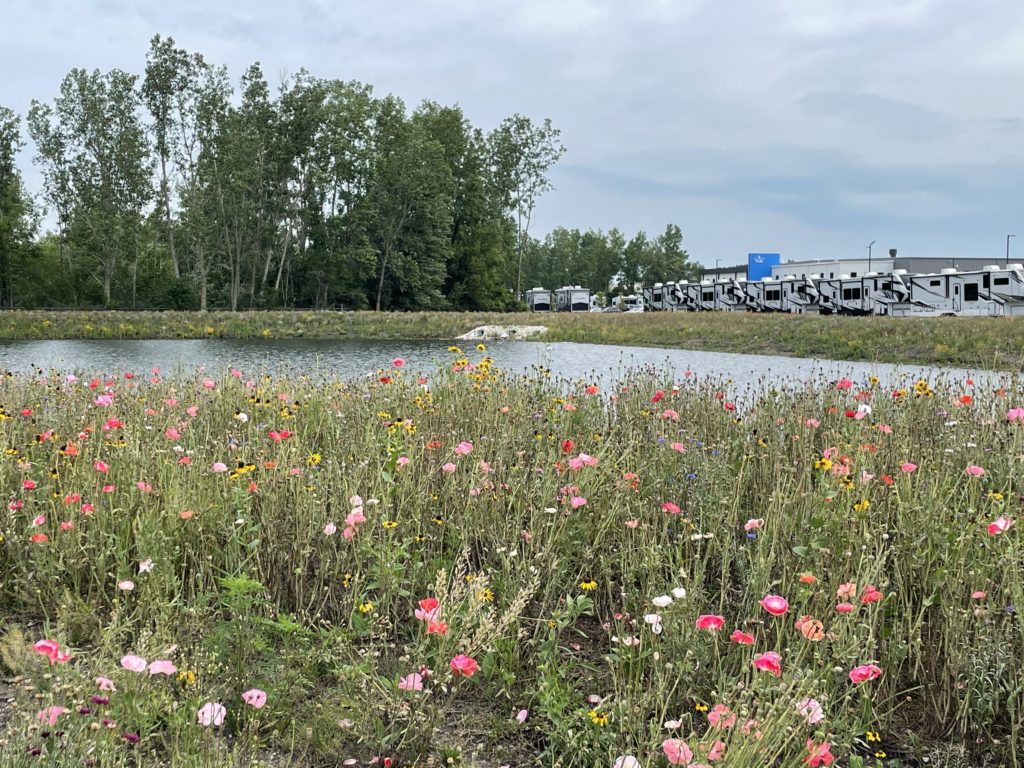Blogging BMP’s
A monthly Blog discussing the Best Management Practices (BMP’s) that must be used to aid in erosion and sediment control
Welcome back to another edition of Blogging BMP’s! If you have not noticed, this issue of Grass Roots is focusing heavily on Native plants and the many benefits that a native prairie can offer both for the functionality and aesthetics of our open areas here in Elkhart County. Interestingly enough, and here comes another shameless plug, we have a native plant sale that happens to be accepting orders right now so hop on over to our website and place your order today! No, but for real, if you have been following along closely you may remember this topic being covered in the August 2020 issue that suggested alternatives to our status quo ground stabilization practices. The three things that we encouraged were bio-swales, rain gardens and native plantings in retention basins. These are all great options, but in the fast paced construction industry that this blog focuses on, not the most practical.
Not to continue to look back at previous discussions (although that is kind of what blogs do), but I have discussed the process of terminating land disturbance projects that are covered under the Construction Stormwater General Permit (formerly Rule 5), and the main item that keeps a project from closing out is final stabilization.
According to the new CSGP,
final stabilization of a project site is achieved when all land-disturbing activities have been completed and a uniform (evenly distributed, without large bare areas) perennial vegetative cover with a density of seventy percent (70%) has been established on all unpaved disturbed areas, and areas not covered by permanent structures, or equivalent permanent stabilization measures have been employed.
Anyone that has ever attempted to grow anything knows that not all-perennial vegetation is created equally. If the pace of the construction industry is fast, the grass needs to be fast right along with it. The good news is that IDEM recognizes that we should be looking for more creative ways to incorporate the benefits that native plants can offer to our urban environments rather than steering contractors and landowners to doing the fastest method of holding soil in place.
In the new permit,
This requirement does not apply to projects or specific stormwater measures that utilize native vegetation and/or special vegetative plantings that are either required by a water quality permit/authorization or part of the design and functionality of a stormwater measure provided the activity does not pose a threat that will result in off-site sedimentation.
In other words, the native plantings take a little longer to establish so they are willing to close out projects before the 70% dense and uniform coverage is achieved.
So, I say we should look at those large, grassy areas of our projects and consider that it doesn’t have to look like the outfield of Wrigley Field; rather, it could more closely resemble the prairie that the Ingalls family frolicked in during the late 1800s. Not to mention, less mowing! For more information on our native plant sale or the Construction Stormwater General Permit, visit our website at https://www.elkcoswcd.org or use the QR code to take you to our flyer. Remember, native plants are something we should all root for.
